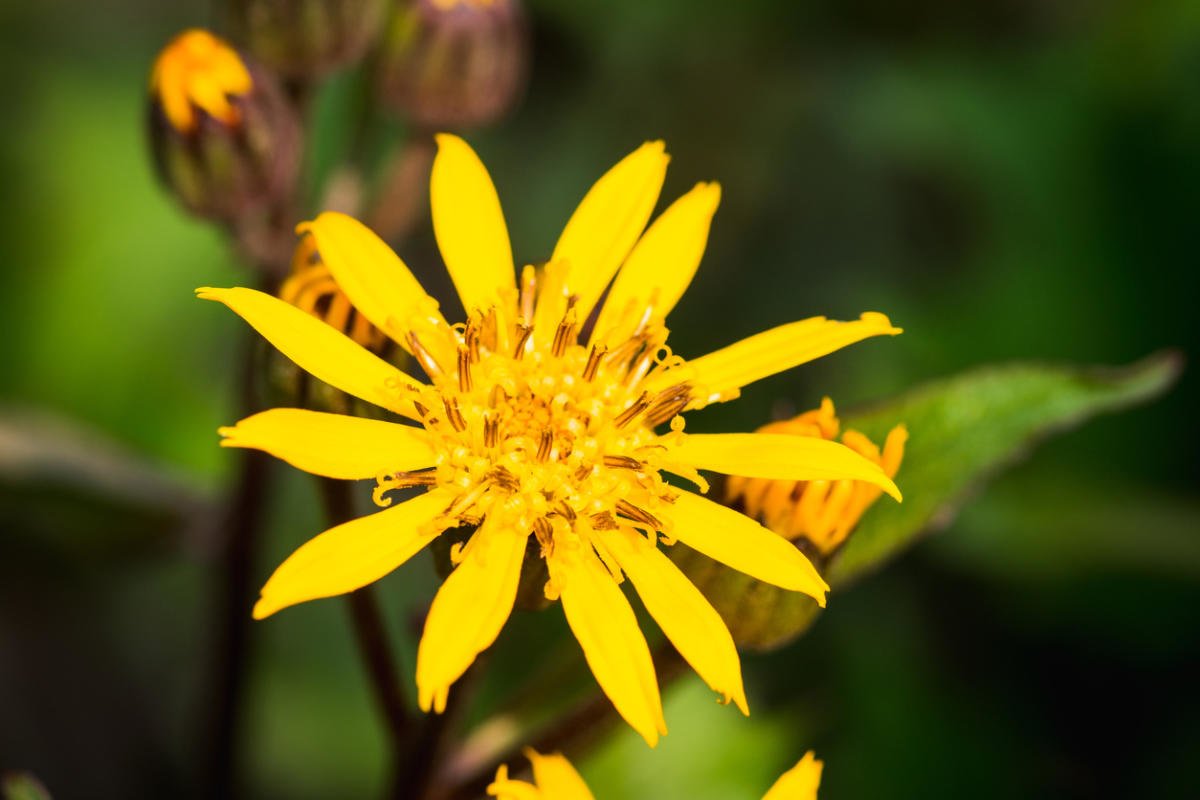
If you like orange or yellow, if you like high, monumental flowers, we advise you to pay attention to Ligularia. This ornamental plant is appreciated by many gardeners for the external elegance of the Bush and beautiful flowering. Ligularia inflorescences are located at an altitude of 2 m, and each of them – a lot of small flowers, resembling flames.
Landing Ligularia
Ligularia-hardy plant that does not require transplantation, can grow in one place for several decades. He is not afraid of coolness and calmly carries it. It grows on any soil, even on heavy clay soil, but prefers moist and fertile land.
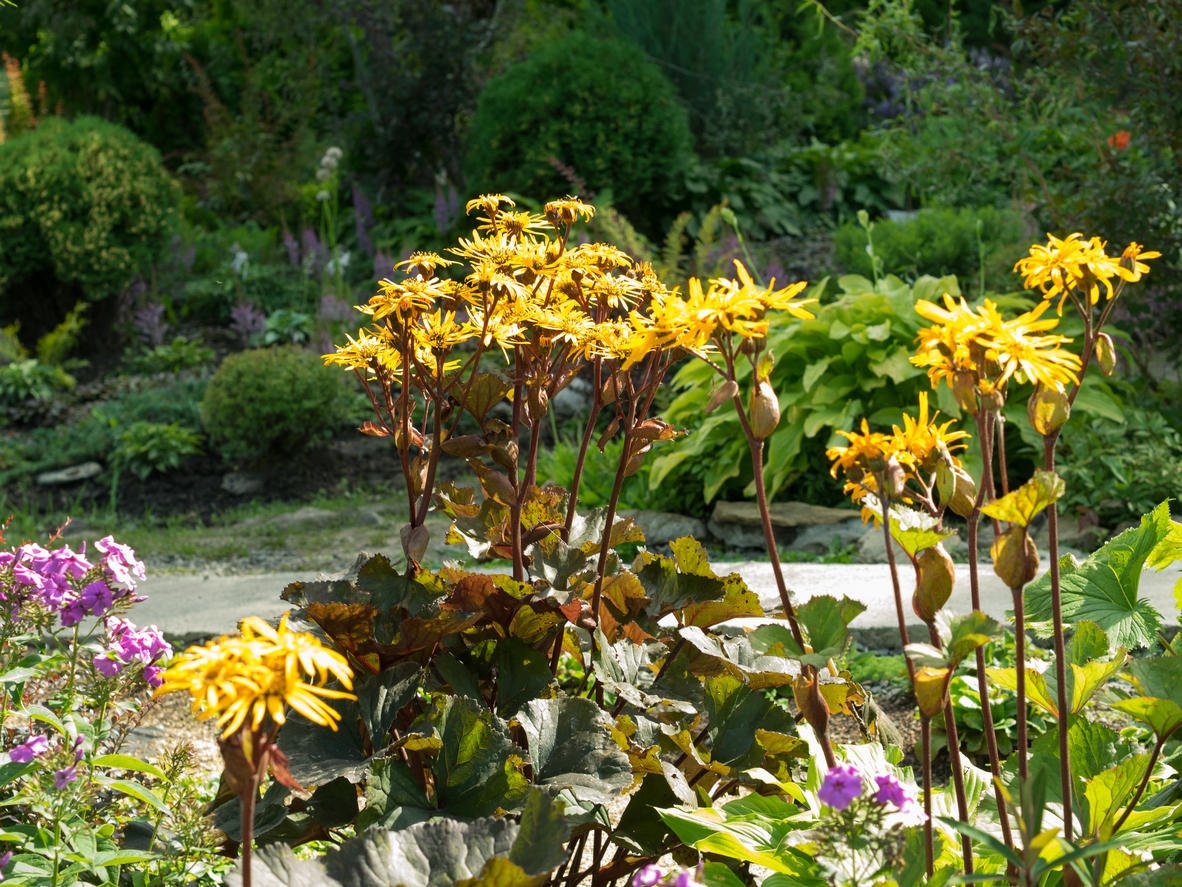
Ligularia roots go into it shallow, but quickly spread to the upper layers of the soil. Loves moisture and shade, so it grows near the ponds and the shade of the trees. Propagated by the seeds and division of the Bush Ligularia, the last method we will tell you more.
Reproduction of Ligularia by division of the Bush
- Separate and transplant part of the Bush can be in any period of active life of the plant-from spring to autumn. Best of all Ligularia takes root when transplanted in the spring when the plant is actively developing.

- It is preferable to start the transplant at the time of the appearance of young leaves from the ground. For division it is not necessary to dig out all Bush entirely. It is enough to cut off the necessary part of the plant for transplantation, which then dig out. To the main plant recovered better after division, fill the hole with fertile soil and water.
- The separated part of the Ligularia washed in water, then a sharp knife is divided into parts so that each part was ready for growth kidney. Slices rooting for the best treated by potassium permanganate or powdered charcoal.
- The resulting parts of the Bush are planted in pre-prepared soil. Before planting in the pit fertilize (about 1.5 buckets of hummus, also add ash and superphosphate), the soil itself in the place of planting should be dug. It is important that the kidneys when planting were as close to the surface – at a distance of 3-5 cm, no more. When planting several bushes next to each other, we leave a distance of about 1 m, so that in the future the plants do not interfere with each other.
Spring planting has a number of advantages:
First, the seedlings have not yet developed leaves, moisture evaporates a little, so the plant spends its energy only to restore the roots and healing wounds;
Secondly, the main plant is rejuvenated and blooms more magnificently;
Third, young seedlings almost 100% survive and begin to bloom in the first year after planting.
Care of Ligularia
As you remember, Ligularia is unpretentious to the conditions of growth. But he also has his weaknesses. Unlike most other plants, it does not like direct sunlight. In a Sunny place,on a hot summer day, its foliage without additional irrigation will fade, the plant will be unpresentable.
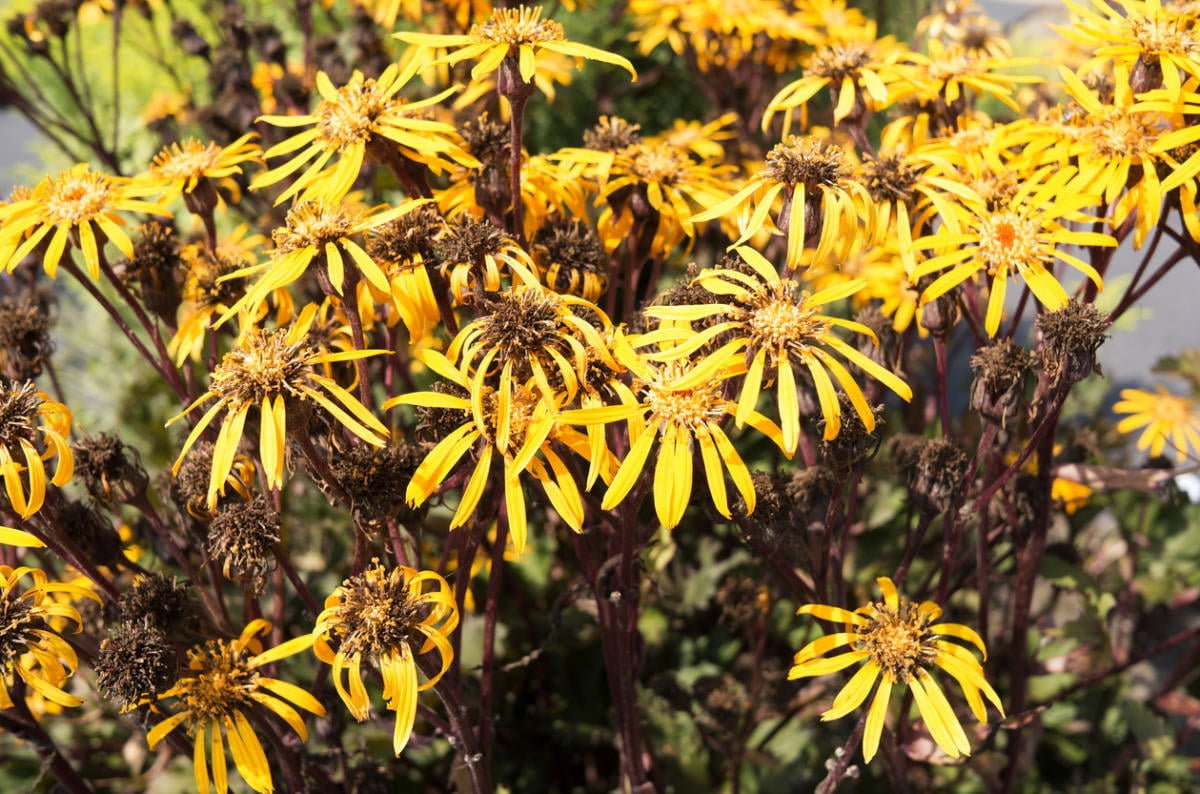
Clipping
Do trim Ligularia not necessarily, but sometimes it does not hurt. If you don’t need Ligularia seeds and you want your plants to look spectacular until the end of the autumn season, you can trim the inflorescences after the plant blooms.
Garter
Despite strong and elastic stalks, which grow on the leaves of Ligularia, the garter needs to the plant during the flowering period. It is also useful if you have planted a plant in a windy place.
Watering
The main motto in the care of Ligularia: “I need more moisture!” It’s the only thing he needs. Especially abundant it should be watered in dry periods. In order not to wilt the leaves in the summer, you will need regular watering of plants planted in open places. Also Ligularia need to spray with water with strong dry air.
Additional fertilizing
From feeding Ligularia will not refuse:) the Initial feeding is done when planting plants (mineral and organic fertilizers are poured into the pit before planting the seedling). Then every year in the spring and summer (from may to July) we try to make at least once a season for half a bucket of humus for each Bush. It is desirable not to do feeding Ligularia with a large difference in day and night temperatures – this can adversely affect the appearance of the plant.
The types and varieties of Ligularia
In nature, there are up to 150 species of Ligularia, as decorative use about a dozen. We often planted Ligularia przewalskii and Ligularia dentata.
Ligularia dentata
Plants of this species look very impressive, grow up to 1 m in height. Flowers yellow or light brown.

This species blooms in summer and autumn. The most famous varieties: “Britt Marie Crawford”, “Desdemona”, “Othello”, “Osiris Fantasy”.
Britt Marie Crawford
Variety, growing up to 100 cm in height. Variety interesting color of its leaves (basal leaves purple below and dark brown above). Flowers are bright yellow.

Bloom begins in August, blooms up to 30 days.
Desdemona
Plants of this variety grow up to 90 cm Colour of basal leaves light green above, red-brown underside. The edges of the leaves are serrated, the flowers are yellow.

Blooms since the beginning of August, flowering lasts up to 40 days.
Othello
A beautiful plant variety with half-meter leaves-blades. The color of the leaves is dark green on top and purple below. Blooms a little later varieties Desdemona, until mid-September.

Osiris Fantasy
This is a dwarf variety Ligularia. Plants reach a height of 50 cm, no more. The leaves are dark green on top, bottom Burgundy.

Bloom begins in July, blooms up to 40 days.
Ligularia przewalskii
It grows up to 2 m in height. Flowers at the time of flowering yellow. Baskets of flowers are small, collected in narrow and long (50-70 cm) inflorescence.

The most famous variety of this species is The Rocket.
The Rocket
A tall cultivar with a height up to 200 cm the leaves of this plant are heart-shaped, green in the spring and autumn, purple-crimson color.
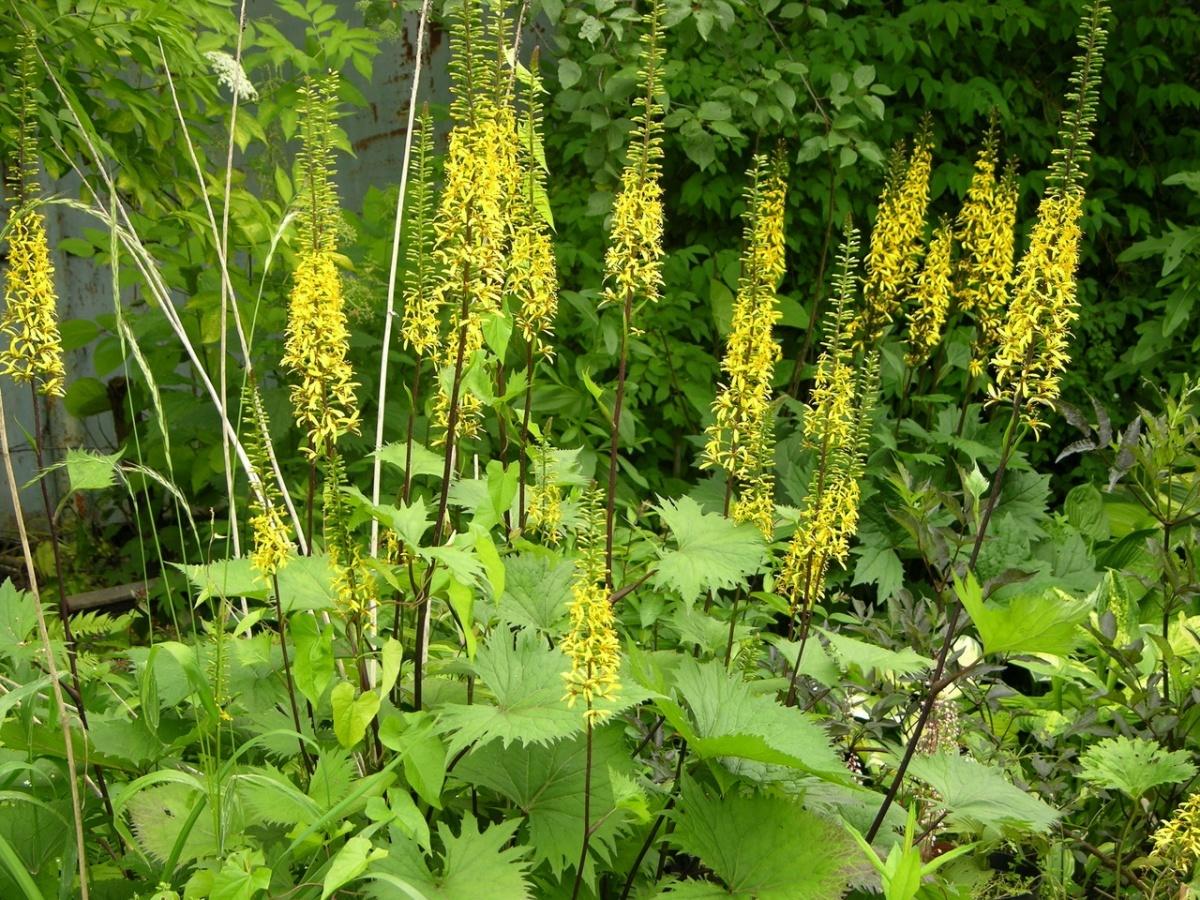
Blooms from July to mid-August.
If you want to add monumentality to your flower garden, arrange a garden in a rustic style, or your site has unused space (for example, shaded in the Northern part) – planting Ligularia easily help solve this problem. In the spring of Ligularia you will be pleased with the view of its unfolding leaves (they resemble funny origami figures), in the summer will surprise with its flaming flowering, and in the fall will once again decorate your flower garden foliage, changed its color.
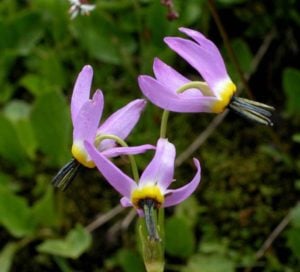
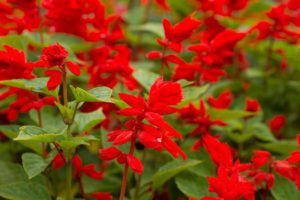
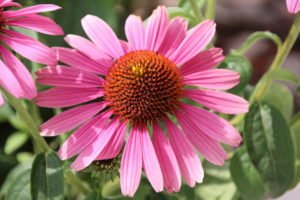
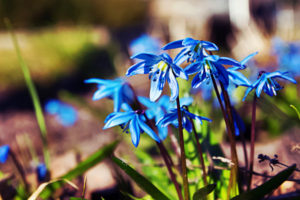
Leave a Reply